With news yesterday of the closest confirmed type Ia supernova since the 1800’s, astronomers in the northern hemisphere risked frostbite and hoped for clear skies to try and capture images of the newly named supernova, 2014J.
Others quickly sorted through images taken of the galaxy M82 taken within the last week to see if they managed to capture it unknowingly! Currently at about +11.5 magnitude, you’ll need at least a 4-inch and larger telescope to see SN2014J. But it is not hard to see in these great images here, as the object is the only bright star shining in the galaxy. Of course, not all of us have access to equipment like the 32-inch telescope at the Mount Lemmon Sky Center, but Adam Block stayed up for most of the night and managed to capture this spectacular image of M82 and the supernova.
See below for more:
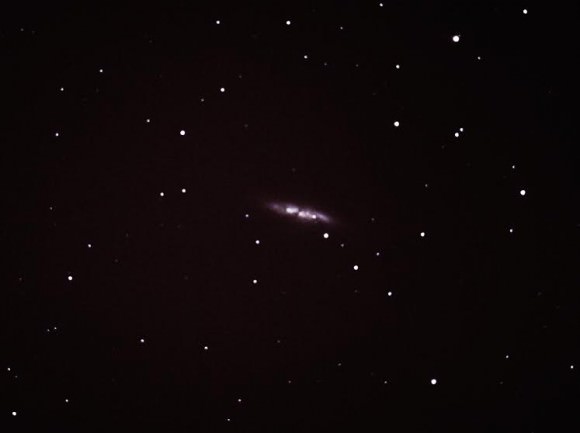
This is one example of astronomers looking back at recent images to see if they captured the supernova without knowing it. This one by Sarah Hall and Colin Campbell was taken on January 19, 2014 between 20:39 to 20:44 UTC with a Newtonian Telescope with prime focus DSLR observation, 8 inch aperture 1000mm focal length (f/5).
The buzz on Twitter has been that the supernova was so bright, that automated supernova search telescopes and programs missed it because it was too bright and they dismissed it as an anomaly.
One of the latest Astronomer Telegrams puts the star going supernova no earlier than January 11 and sometime prior to January 19, but they haven’t narrowed it down any further yet. I’m sure more images will surface to help pinpoint the time.
In the meantime, enjoy these other great shots:
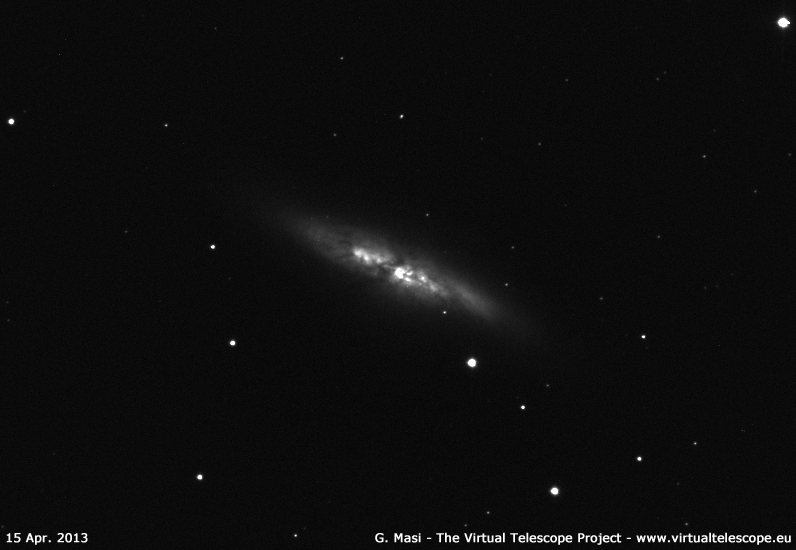
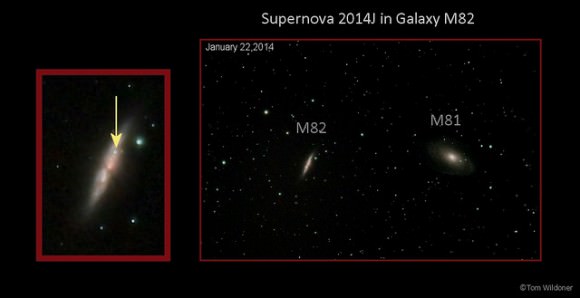
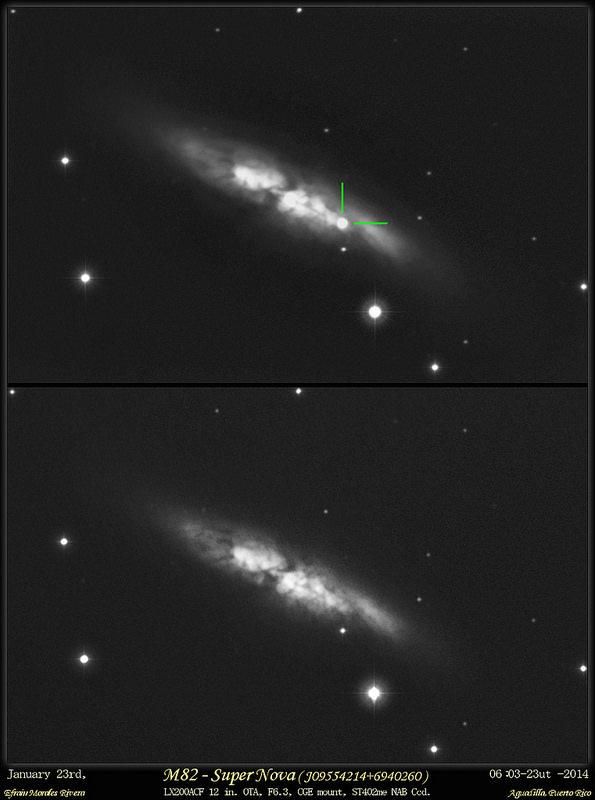
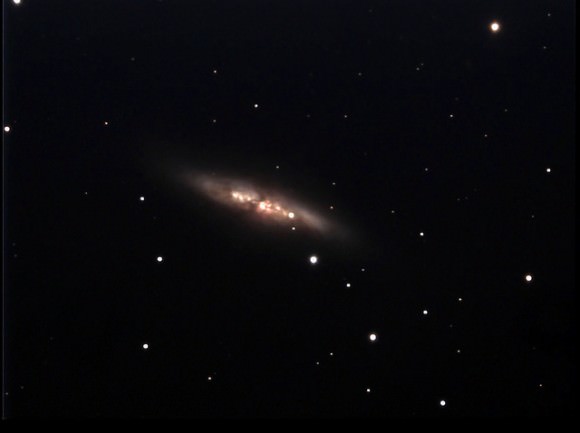
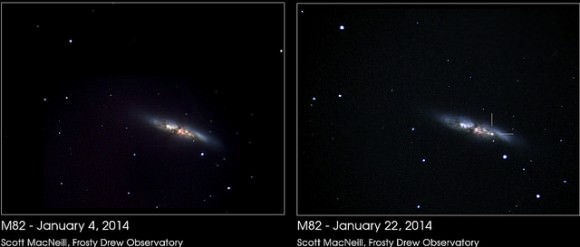
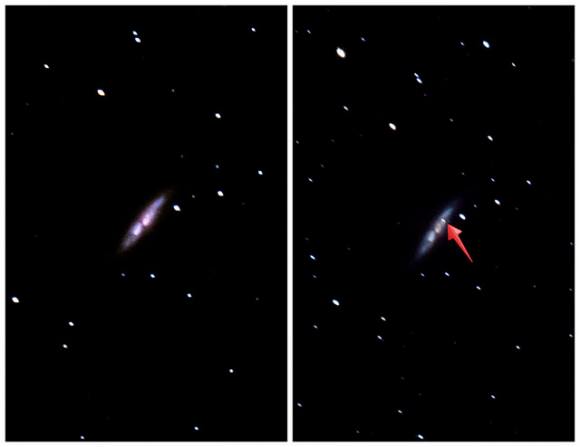
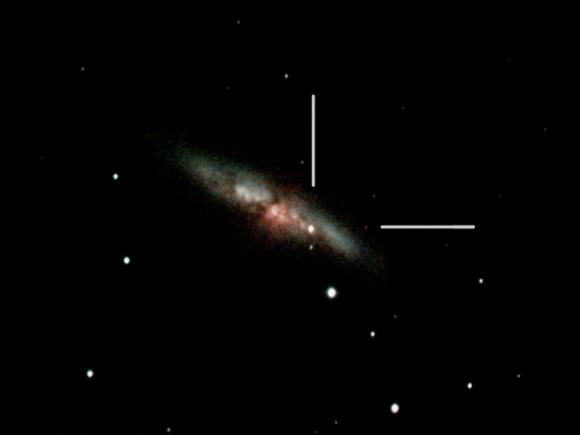
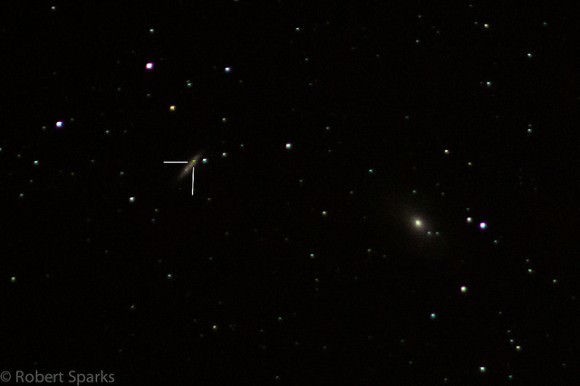
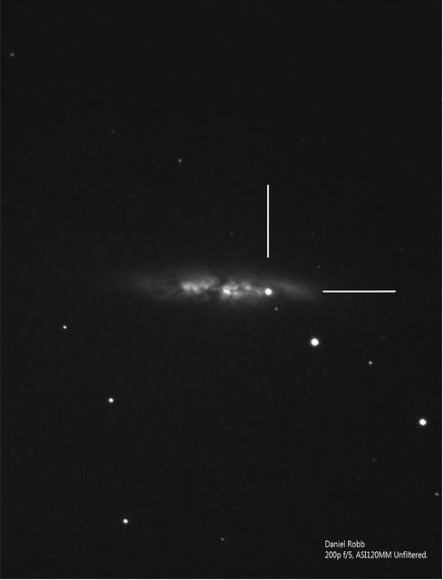
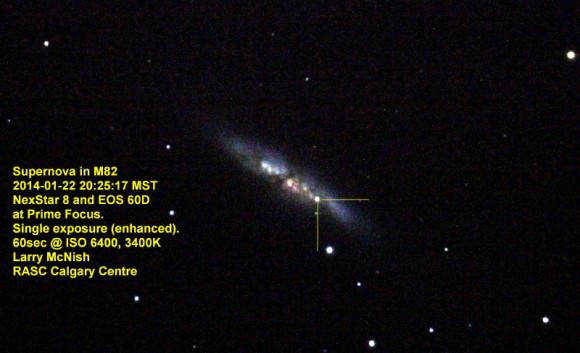
Royal Astronomical Society of Canada.
Want to get your astrophoto featured on Universe Today? Join our Flickr group or send us your images by email (this means you’re giving us permission to post them). Please explain what’s in the picture, when you took it, the equipment you used, etc.

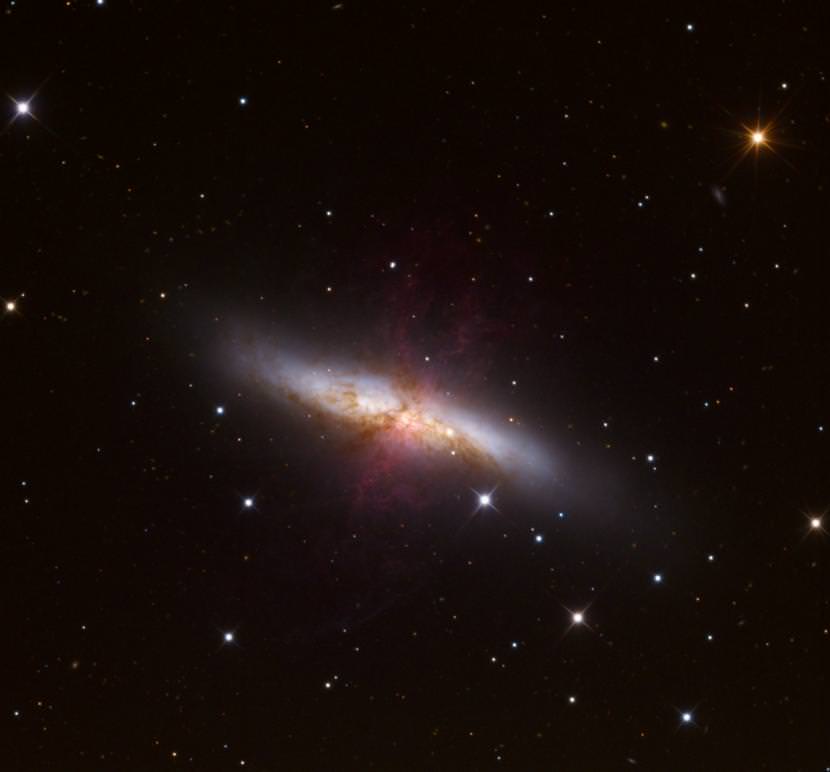
Well, to be fair, I wasn’t exactly risking frostbite, but I did feel a light sweater was in order last night (Arizona brag).
I’m having visions of Mr. Rogers, Rob!
Using a clock reference and Jupiter as a central starting point where in the sky is the super nova ?
With Jupiter as the center of the clock, you’ll head towards 7:30 for 53°. If you don’t have a star map that identifies the position of M82 in Ursa Major, a better indicator would be to start at the star Phecda in the Big Dipper (that’s the star in the bowl of the Big Dipper that’s the closest to the horizon at 6:00 tonight, Jan. 26), draw a line through Dubhe (the northernmost star in the bowl) and continue an equal distance to take you to M82. Last night’s magnitude estimate was 10.5–with hopes that it will continue to brighten to about 8.0 in the next few days (unbelievably bright for a supernova!) Here’s a nice map that will help guide you… http://d1jqu7g1y74ds1.cloudfront.net/wp-content/uploads/2014/01/M82-SN-tight_edited-1.jpg
SN 2014j by Roberto Bacci from Italy
http://b09-backman.blogspot.it/2014/01/m82-sn-2014j.html
SN by Roberto Bacci from Italy
http://b09-backman.blogspot.it/2014/01/m82-sn-2014j.html
SN 2014j by Roberto Bacci from Italy
http://b09-backman.blogspot.it/2014/01/m82-sn-2014j.html
awesome stuff hope to see further reports